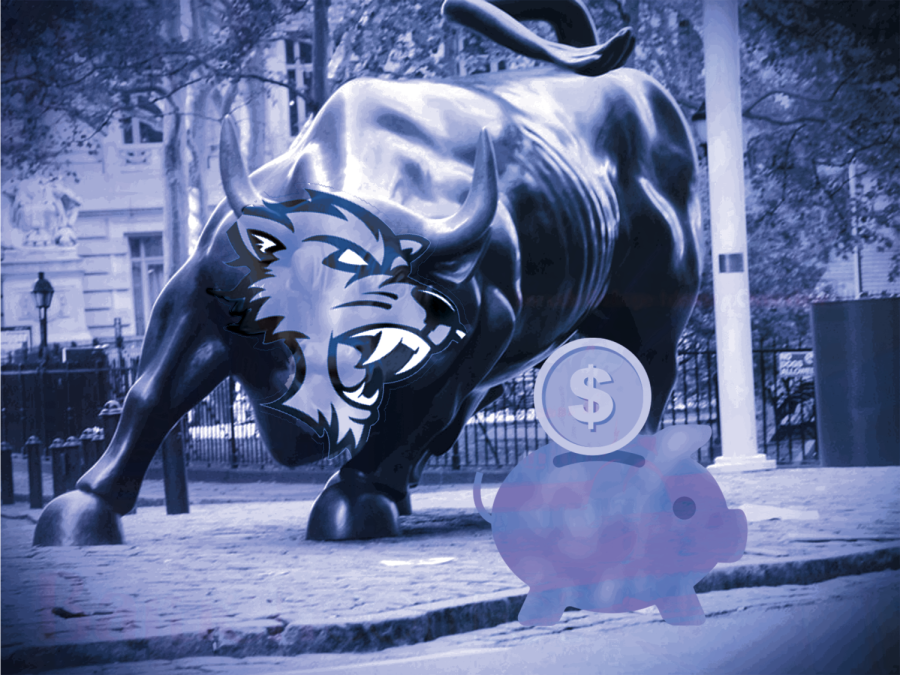Market Update 08/29/22
September 3, 2022
The stock market trembled from Aug. 23 to Aug. 29 as Federal Reserve Chair Jerome Powell’s hawkish and direct speech sparked fears of a close recession.
The outlook for the market was not good on Tuesday. The Dow Jones Industrial Average fell by 0.47%, Nasdaq composite fell by 0.27% and the S&P 500 fell by 0.22%.
Wednesday and Thursday, however, showed positive yields in anticipation of Powell’s speech.
The market closed on Thursday with the Dow up 0.98%, Nasdaq up 1.67% and the S&P 500 up 1.41%. This rise also happened to follow U.S. President Joe Biden’s announcement on student loan debt.
By Friday, the market showed mixed reactions to Powell’s speech as the Dow showed no change, Nasdaq rose by 3.94% and the S&P 500 fell by 3.37%.
Despite Powell delivering just what the market wanted — a clear hawkish speech in terms of taming inflation — the market reacted adversely to his speech. In a speech that was short and as direct as he could get, Powell said all necessary steps will be taken to curb inflation, even if it comes at the expense of other issues.
The instability of the market is causing high volatility as the Fed raises rates by basis points bit-by-bit in hopes of the market not tipping over into a bad recession.
“The market is grappling with a variety of different headlines from the direction of inflation to Federal Reserve policy uncertainty and how corporate earnings will fare throughout the remainder of the year and all of these factors are drivers of volatility,” David Bahnsen, the chief investment officer of wealth management firm The Bahnsen Group, told Fortune.
In July, Powell was still latching on to the idea of getting inflation under control while also achieving a soft landing. But he eventually saw that achieving this goal was a long shot.
As a result of the speech, there was an extension of the sell-off, which made stocks sink very low on Monday. The Dow fell by 0.57%, Nasdaq fell 1.02% and the S&P 500 fell by 0.67%.
The markets were concerned mostly that Powell focused more on the Fed’s goals rather than mention anything about the path it will take to curb inflation.
On the other hand, the 10-year Treasury yield rose to 3.11%, while the two-year Treasury yield increased to 3.43%.
There is a slow shift to more secure investments as the Fed becomes more hawkish in addressing inflation. The shift toward Treasury bonds will help drive interest rates down as more people and businesses start to save.
The markets’ concern now is the upcoming hike in September and whether it will perpetuate the trend of the Fed raising rates by 75 basis points.
“The pushback is coming from the idea that it’s not about the pace of hikes going forward and how they tighten financial conditions, it’s about the duration of remaining at that restrictive policy stance,” Garrett Melson, a portfolio strategist at Natixis Investment Managers, told Reuters.
Market reactions in the coming weeks and personal consumption expenditures price index will play a huge role in determining the next basis point increase. Until then, the hope is for markets to remain strong in the face of looming economic challenges.








